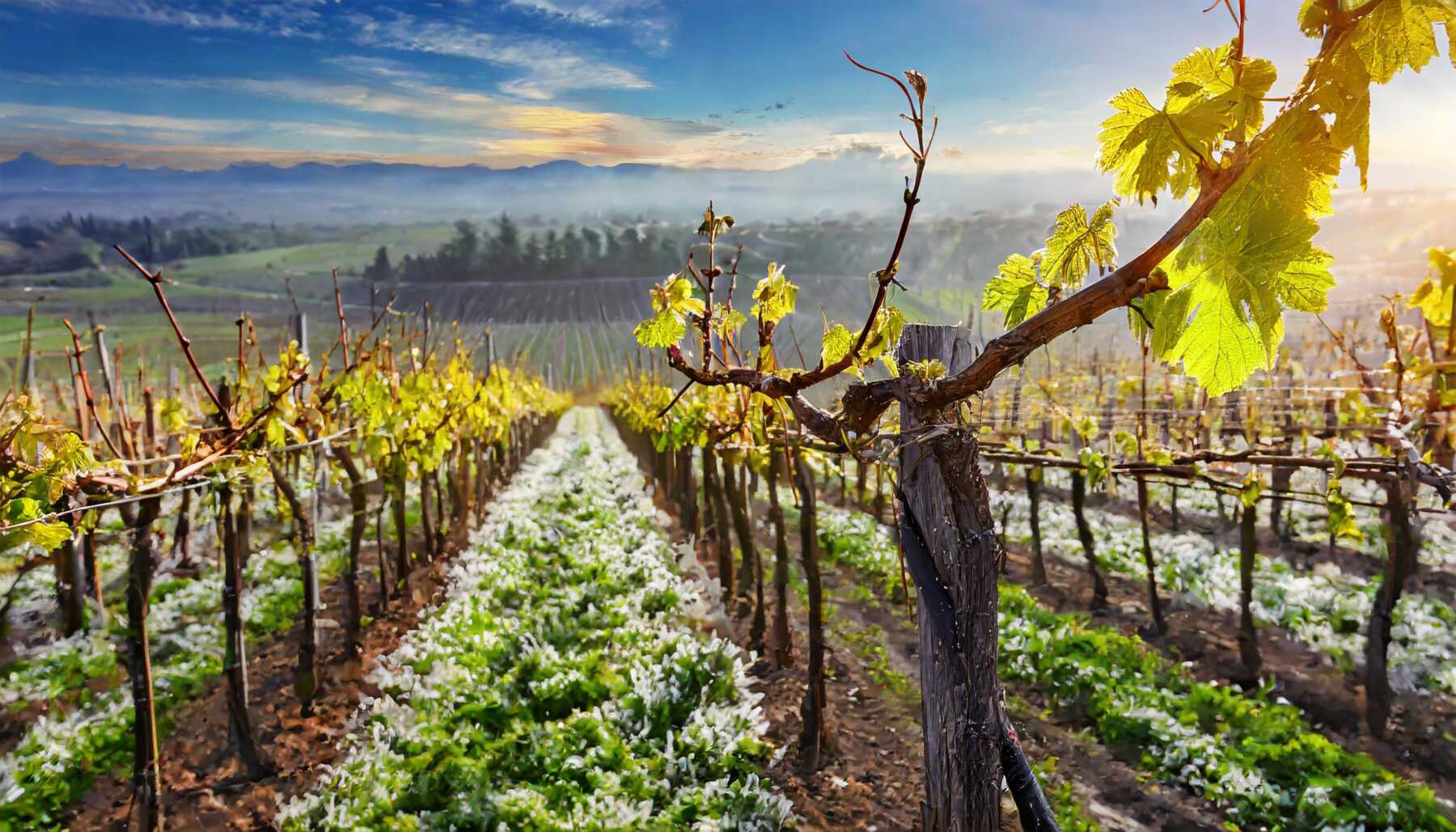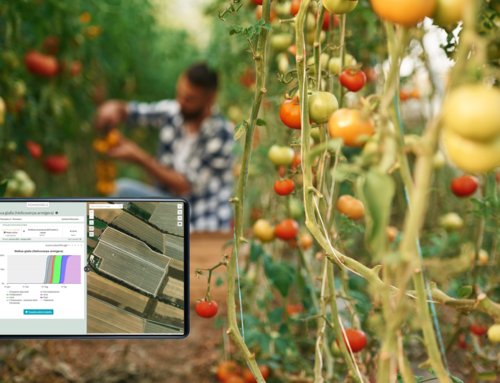Spring is just around the corner and with it the fear of late frosts grows in the agricultural sector, which in recent years have caused considerable damage to vineyards and fruit trees.
During this period, many crops begin to emerge from the vegetative dormancy phase and the swelling of the buds is the prelude to the development of the shoots. The mild temperatures and sunny days that we are experiencing have anticipated this phenomenon, increasing the risk for the most sensitive crops in the event of late frosts such as grapevines, kiwi, peaches, cherries, apricots, pears, apples and citrus.
Spring is just around the corner and with it the fear of late frosts grows in the agricultural sector, which in recent years have caused considerable damage to vineyards and fruit trees.
During this period, many crops begin to emerge from the vegetative dormancy phase and the swelling of the buds is the prelude to the development of the shoots.
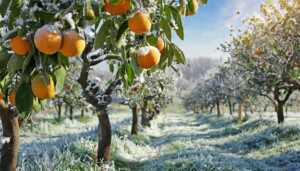
The mild temperatures and sunny days that we are experiencing have anticipated this phenomenon, increasing the risk for the most sensitive crops in the event of late frosts such as grapevines, kiwi, peaches, cherries, apricots, pears, apples and citrus.
The causes of frosts
During vegetative dormancy, most crops can withstand very low temperatures, down to below -10°C.
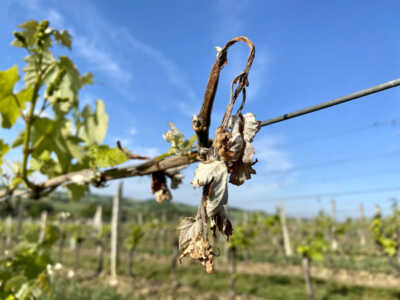
It is at the moment of swelling and opening of the buds, of the growth of the shoots or even the development of the inflorescences, when the crop becomes susceptible to drops in temperature just below zero.
The frost’s causes can be different:
- thermal inversions, in which the air in contact with the ground cools, generating the so-called radiative or black frosts, since they cause the drying of the shoots that take on this color
- advection, phenomenon by which large masses of cold air move horizontally
- mixed, in which advective and radiative causes come together.
How to defend crops from late frosts with Agricolus
The basis of defense against frosts is a series of preventive interventions, such as choosing the place where the orchard is planted and the most resistant varieties, or the use of means such as fans and anti-frost candles.
Once these precautions have been taken, it is essential to know the risk and type of frost that will occur, in order to intervene promptly and correctly.
Agricolus provides farmers with frost forecast models for the protection of grapevines and citrus trees:
- calculation of the risk of frost between low, medium and high in the next seven days, thanks to the data provided by the hourly geolocated weather forecasts;
- frost distinction between: no risk, hoarfrost, black frost, advection or mixed frost
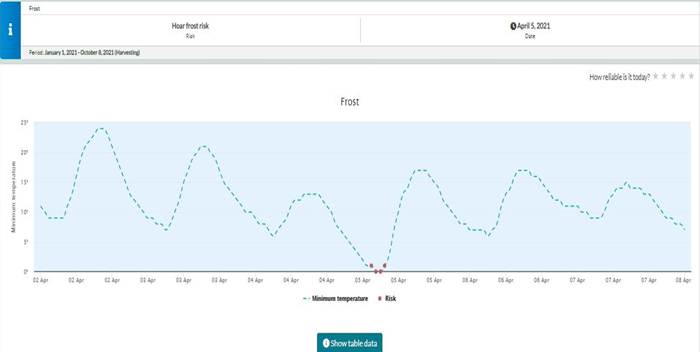
In this way it is possible to organize in advance the defense of your crops against late frosts, choosing the most appropriate method depending on the type of frost expected.

